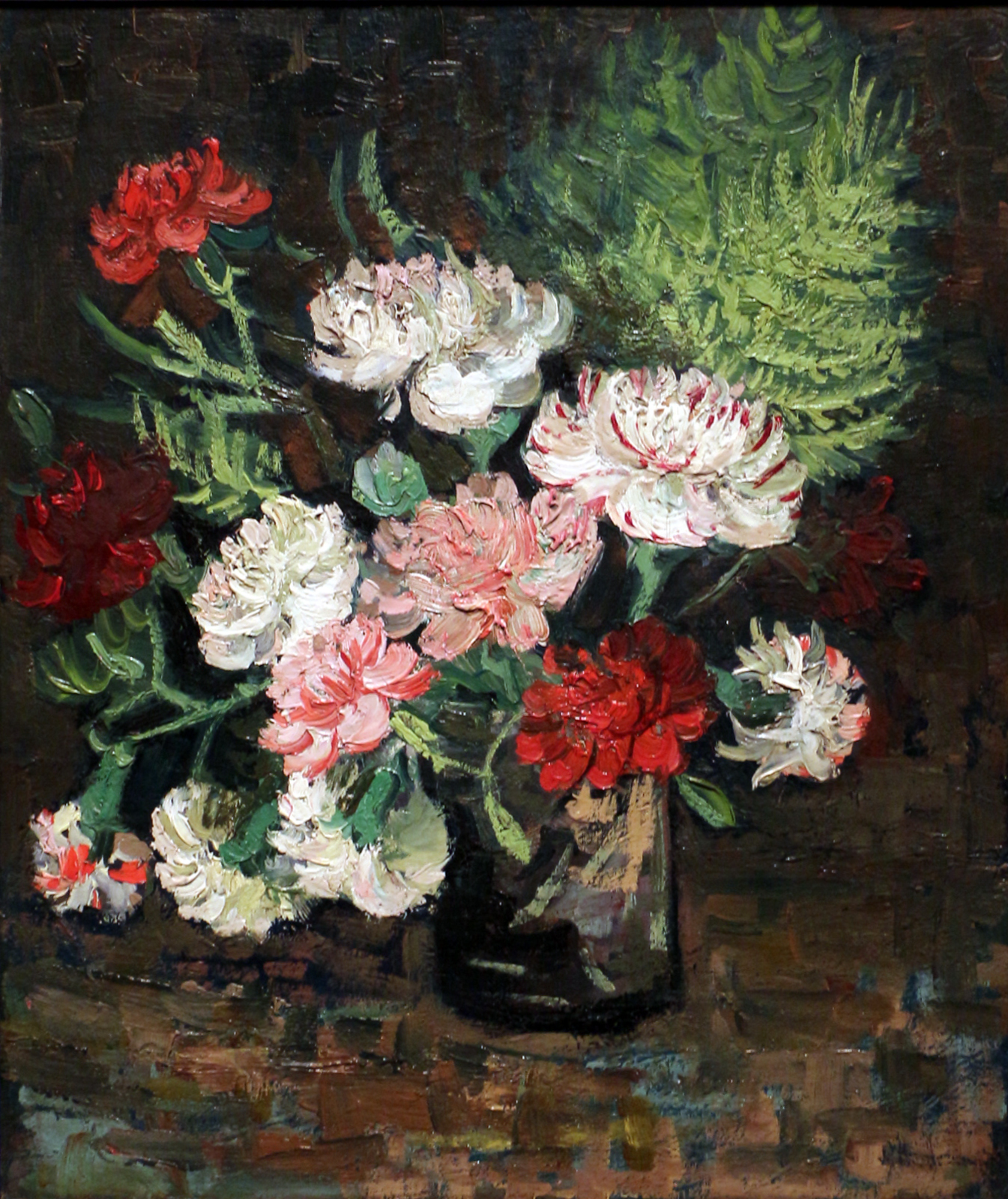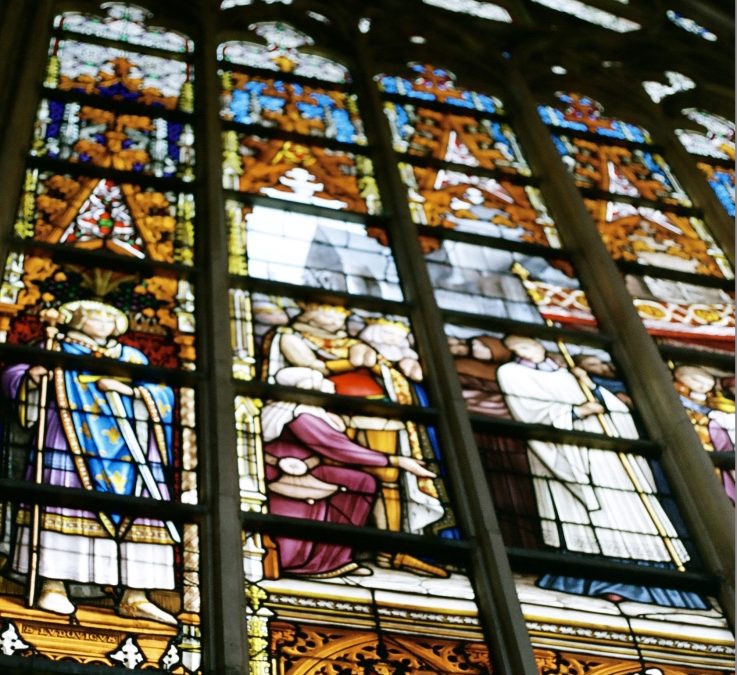In preparation for UVic’s 7th annual Wellness Week, I was tasked with writing a blog post about spiritual wellness. This year’s Wellness Week theme is “Pathways to Wellness” and examines five areas of individual and community wellbeing: community, emotional, spiritual, physical, and academic wellness.
Around the same time, I listened to an episode of Malcom Gladwell’s podcast, Revisionist History. This episode explored the long journey of a little known Vincent Van Gogh painting (Vase with Carnations, 1886) that survived a war, a stint in a Hollywood home, and ended up in a Detroit gallery—much to the chagrin of its original owners, a Jewish family forced to flee Germany during WWII. The podcast follows the family’s attempts to recover the painting, which they were forced to sell to finance their escape to safety. What struck me was how Gladwell labels the painting as a “MacGuffin”—in fiction, a MacGuffin is an object, device, or event that is necessary to the plot, but insignificant or irrelevant in itself. The painting itself wasn’t important—it was its journey and the family’s crusade for rightful ownership that gave the painting its significance.
I believe the MacGuffin trope can also be applied to spirituality and religion. The more I read about spiritual wellness and religion in the 21st century, the more apparent it becomes that religion, and what you believe, is distracting us from the real goal of spirituality.
Now, what is the difference between religion and spirituality? Our good friend Merriam-Webster defines religion as “the service and worship of God or the supernatural” or “the commitment or devotion to religious faith or observance.” Spirituality, on the other hand, is referred to as “relating to, consisting of, or affecting the spirit.” Generally, then, spirituality is a broad umbrella term that encompasses a multitude of concepts—including religion. And in our quest for spiritual wellness, it’s less about your religious status and more about maintaining a belief in something larger than ourselves. That “something” can be anything from Jesus to art, music, and the outdoors. In this sense, the ultimate goal of achieving spiritual wellness has more to do with being in touch with our spiritual side and less to do with what or whom, if anything, we choose to believe in.
The phrase “spiritual but not religious” has become an increasingly popular label in a society where religion is often stigmatized as outdated and restrictive. The idea that our religion is often determined entirely on the basis of our parent’s religion is an idea can be both comforting and concerning. On the one hand, it’s possible that the religious orientation preselected for us is the one we would have chosen anyway, if given the option. On the other hand, an individual’s predetermined religion may not align with their values or identity.
Personally, it makes sense to select the kind of community that fits my values. The importance of having something to believe in was made clearer than ever in 2020, and the first step towards spiritual wellness is finding something to believe in. In Canada, we are privileged enough to have the opportunity to believe in a myriad of religions, including no religion at all. The beauty of spirituality is that it allows us to believe in anything, even ourselves!
To summarize, spiritual wellness is one of many pathways to overall wellness. Just as we try to maintain our community, emotional, physical, and academic wellness, it’s important to reflect on our spiritual wellness and ensure that the path we choose is right for us. Let me conclude with a truly wonderful and meaningful painting: Van Gogh’s Vase with Carnations.

